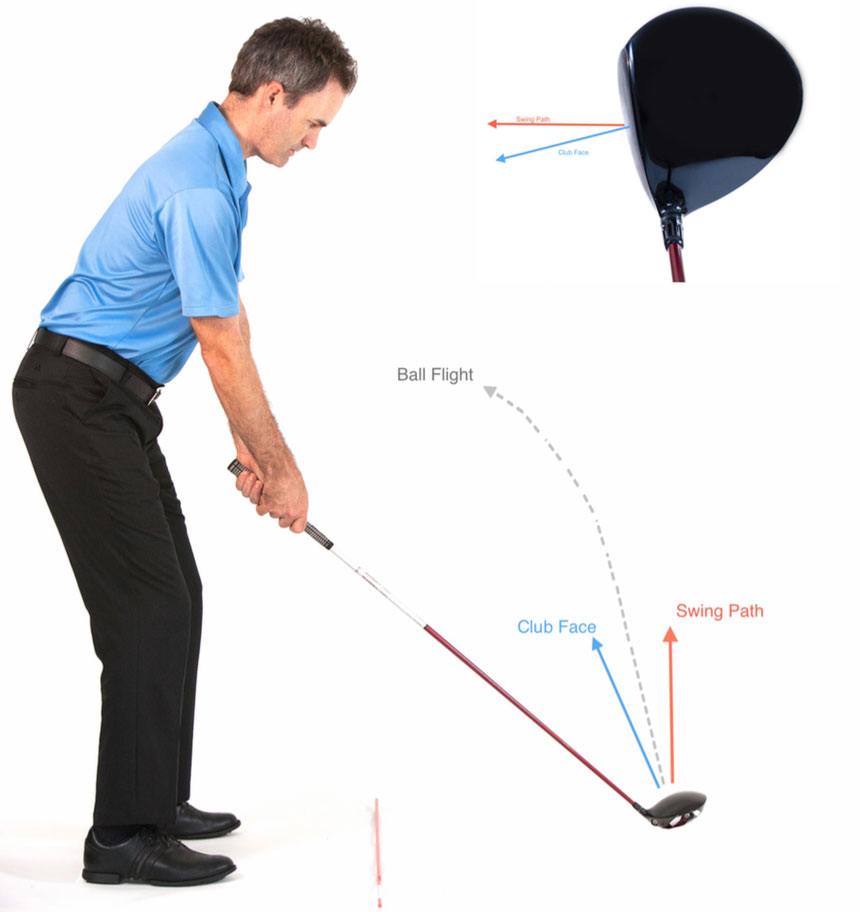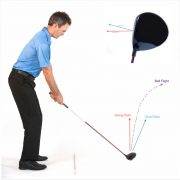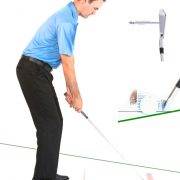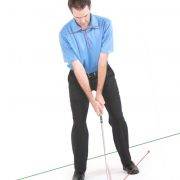Intentional Hook

When we want to hook the ball intentionally, I always suggest making adjustments in your set up position rather than adjustments in your golf swing. So long as your swing is relatively on plane, this is almost always the easier way to go.
We know that in order to impart hook spin, which will cause the ball to curve to the left, the club face needs to be closed, or pointed to the left, relative to the path that the club is traveling on at impact. Anytime we are looking to impart side spin on the ball, we need to recognize that our less lofted clubs will do a better job than our more lofted clubs. For example, it’s easier to hook a 3 wood than a sand wedge.
It will take a little bit of practice on the range before you can consistently control your hook. Try laying the club down behind the ball in a position with the club face closed, for example with the grooves of the club pointed toward our right heel or shoulder. Now take your normal grip and stance. It should feel like the club is twisted in your hands, but your grip itself does not change. The more closed the club face is, the more it will hook. As an additional effect, we are also taking loft off the club, so expect shots to fly lower. Clearly if we swing with the club in this position while aiming straight at a particular target, the shot will start to the left, then curve more to the left.
Try hitting a few shots on the driving range like this knowing you are going to miss your target. Take note as to where the ball starts and how much it curves. Once we recognize how far to the left these shots are ending up, we will need to adjust our alignment accordingly to the right. When done correctly, our stance will be aligned well to the right of the target, and the shot will start right of the target, hooking to the left and ending up at the target. The goal is to make exactly the same golf swing as you always do, but with some of the parameters changed at set up.
Intentional hooks will tend to travel somewhat longer distances because we are taking loft off of the club face. They will also tend to have less back spin and run out more when they hit the ground. You should practice this with various clubs in your bag, as each will behave slightly differently.
In summary, in order to hook the ball, we need to establish a club face position that is closed, or pointed to the left relative to the path that the club is traveling on at impact. Lay the club down in a closed position before taking your normal grip. It should feel like the club is twisted in your hands, but everything else is exactly as normal. Practice some shots on the range, taking note as to how far to the left the ball starts and finishes. You’ll need to account for this and aim accordingly to the right in order for the ball to finish at your target. I suggest practicing with all of your clubs because they will behave differently based on the loft they each present.









